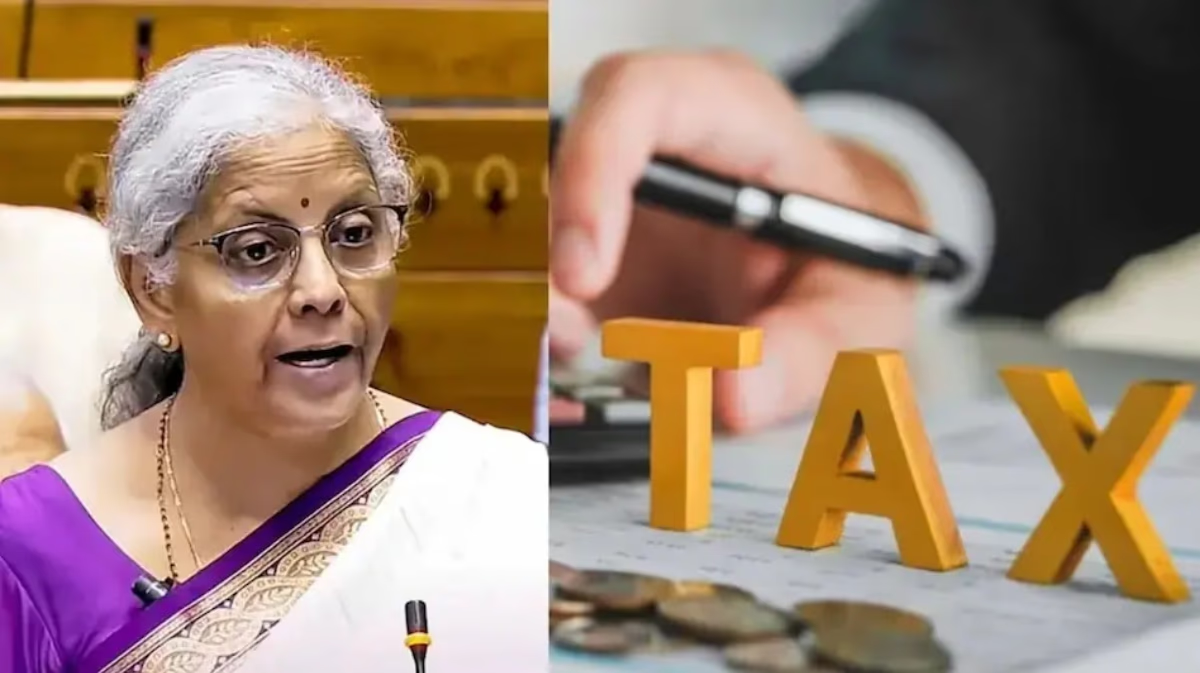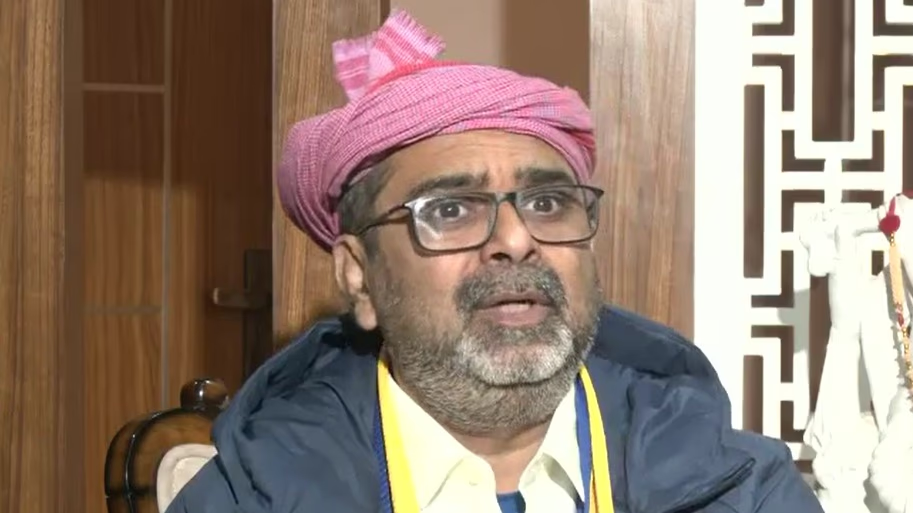After 27 years, the Bharatiya Janata Party (BJP) has made a triumphant return to power in Delhi. This election saw several prominent leaders from the Aam Aadmi Party (AAP) face significant defeats. The biggest upset for AAP was the loss of Arvind Kejriwal, who was defeated on the New Delhi seat by BJP's Parvesh Verma with a margin of more than 3000 votes.
Alongside Kejriwal, other key figures such as Manish Sisodia and Satyendar Jain also faced electoral defeat. However, Chief Minister Atishi managed to preserve at least one victory for AAP, defeating BJP's Ramesh Bidhuri after a tough contest.
Arvind Kejriwal, the leader of AAP, has accepted the defeat gracefully. In a video message, he expressed: 'The results of the Delhi elections have arrived today. We humbly accept the decision of the public. Congratulations to BJP on their victory. We hope they will meet the expectations that earned them a majority.'

Source: aajtak
Did the Middle Class Swing the Election?
In reality, when the BJP-led central government introduced the budget, they offered substantial relief to the middle class by elevating the tax exemption limit from 7 lakhs to 12 lakhs. This meant that anyone earning up to 12 lakhs annually would pay no taxes.
Reports suggest the middle class forms about 45% of Delhi's population. In the previous Delhi assembly elections, the middle class predominantly voted for AAP. However, the current results hint at a significant impact by the middle class in BJP's victory. Experts believe the relief provided to the middle class just before the elections was pivotal in BJP's winning strategy. The exact voting behavior of the middle class remains to be detailed.
The Role of the 8th Pay Commission
Before the voting commenced in the Delhi Assembly, the Central Government made another impactful announcement regarding the formation of the 8th Pay Commission for central government employees. This was monumental, as it promised salary hikes for employees, contributing positively to BJP's election results.
Delhi hosts over 7 lakh government employees and pensioners. When factoring in families, this number is even higher. Nationwide, there are 50 lakh government employees and 65 lakh pensioners.
Government Colonies Spread Across Delhi
Several areas in Delhi, like RK Puram, Netaji Nagar, Minto Road, Rani Lakshmi Bai Road, Sarojini Nagar, Paharganj, Malviya Nagar, Gulabi Bagh (North Campus), Siri Fort Road, Mandi House, Andrews Ganj, Pushp Vihar, and Mayur Vihar Phase One, accommodate large numbers of government employees residing in official colonies. In addition, South Delhi areas such as Netaji Nagar, Andrews Ganj, Pushp Vihar, Rani Lakshmi Bai Road, Minto Road, and Malviya Nagar are home to many government employees.




